A Comprehensive Guide to Personal Auto Insurance
Personal auto insurance is essential for protecting yourself, your vehicle, and others in the event of an accident. This guide explores the features, benefits, coverage options, and considerations of personal auto insurance to help you make informed decisions about the right policy for your needs.

Table of Contents
Sun Life Insurance Claim: A Comprehensive Guide 2024
Sun Life Insurance Claim: A Comprehensive Guide 2024 Navigating the process of filing an insurance c…
Professional Liability Insurance: Best Guide 2024
A Comprehensive Guide to Professional Liability Insurance (Errors & Omissions) Professional liab…
Understanding TATA AIG Insurance: A Comprehensive Guide 2024
Regarding securing the future, nothing stands out quite like insurance. It’s the comforting cushion …
Understanding Ladder Life Insurance 2024: Climbing the Rungs of Financial Security
Ladder Life Insurance: When it comes to securing your financial future and providing for your loved …
Best Guide to Motorcycle Insurance 2024
A Comprehensive Guide to Motorcycle Insurance Motorcycle insurance is essential for protecting rider…
Allstate Car Insurance: Comprehensive Coverage and Benefits 2024
Allstate Car Insurance, one of the largest insurance providers in the United States, offers a range …
What is Personal Auto Insurance?
Personal auto insurance provides financial protection against physical damage and bodily injury resulting from traffic collisions, as well as liability for damages to third parties. It can also offer coverage for theft, vandalism, and other non-collision-related incidents.

Key Features of Personal Auto Insurance
- Liability Coverage: Covers bodily injury and property damage to others if you are at fault in an accident.
- Collision Coverage: Pays for damage to your vehicle resulting from a collision, regardless of fault.
- Comprehensive Coverage: Covers damage to your vehicle from non-collision incidents such as theft, fire, vandalism, or natural disasters.
- Uninsured/Underinsured Motorist Coverage: Protects you if you are involved in an accident with a driver who has insufficient or no insurance.
- Personal Injury Protection (PIP) or Medical Payments Coverage: Covers medical expenses for you and your passengers, regardless of fault.
- Deductibles: The amount you pay out of pocket before insurance covers the remaining costs.
- Policy Limits: The maximum amount the insurance company will pay for covered losses.
Types of Personal Auto Insurance Policies
Personal auto insurance policies can vary based on the level of coverage and optional endorsements:
- Standard Auto Insurance: Provides basic liability, collision, and comprehensive coverage.
- Full Coverage Auto Insurance: Includes liability, collision, comprehensive, and often additional coverages like rental reimbursement and roadside assistance.
- Non-Owner Car Insurance: Offers liability coverage for drivers who do not own a vehicle but occasionally drive rented or borrowed cars.
- Usage-Based Insurance (UBI): Adjusts premiums based on driving behavior, typically monitored through a telematics device.
Benefits of Personal Auto Insurance
Personal auto insurance offers several important benefits:
- Financial Protection: Covers repair or replacement costs for your vehicle and medical expenses for injuries sustained in an accident.
- Liability Coverage: Protects you from financial loss if you are legally responsible for an accident that causes injury or property damage to others.
- Peace of Mind: Provides reassurance that you are protected against unexpected expenses resulting from accidents or other incidents.
- Compliance with Legal Requirements: Ensures you meet state-mandated minimum insurance requirements for liability coverage.
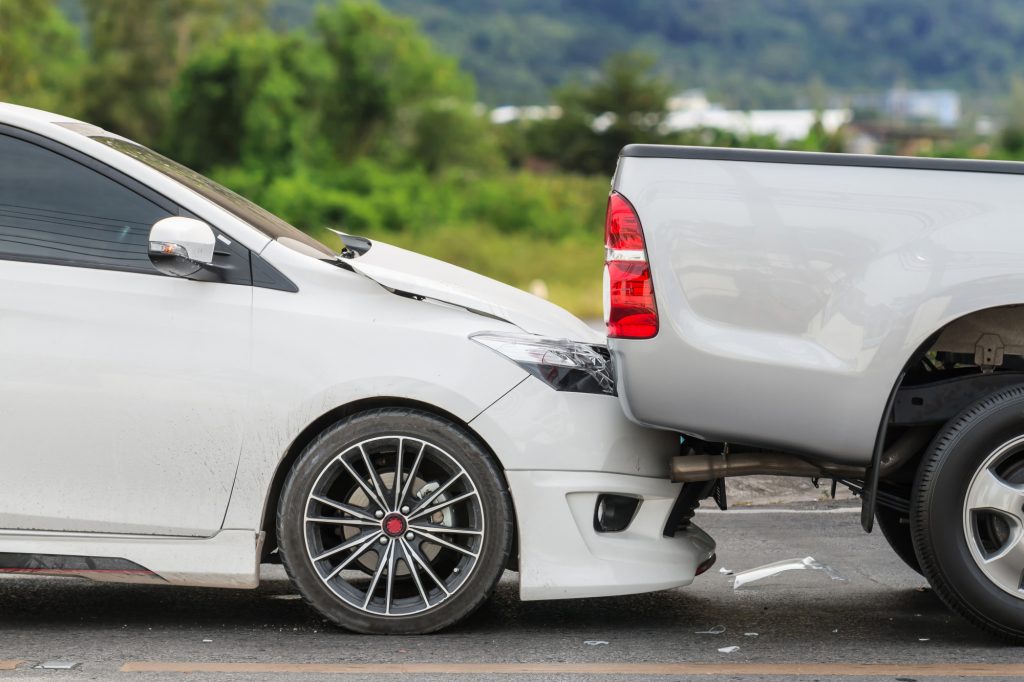
Common Perils Covered by Personal Auto Insurance
Personal auto insurance typically covers damage caused by:
- Traffic Collisions: Accidents with other vehicles, pedestrians, or objects.
- Theft and Vandalism: Loss or damage resulting from theft or intentional damage to the vehicle.
- Natural Disasters: Damage from events like hail, floods, hurricanes, and earthquakes.
- Fire and Explosions: Damage resulting from fires or explosions.
- Animal Collisions: Damage caused by collisions with animals.
Factors Affecting Personal Auto Insurance Premiums
Several factors influence the cost of personal auto insurance premiums:
- Driving Record: A clean driving record typically results in lower premiums, while accidents and violations can increase rates.
- Vehicle Type: The make, model, and age of the vehicle can impact premiums, with newer and more expensive vehicles often costing more to insure.
- Location: Urban areas with higher traffic density and accident rates may have higher premiums compared to rural areas.
- Coverage Amounts: Higher coverage limits and additional endorsements increase premiums.
- Deductible Amount: Choosing a higher deductible can lower premiums but increases out-of-pocket costs in the event of a claim.
- Credit Score: In some states, insurers use credit scores to determine premiums, with higher scores generally resulting in lower rates.
- Annual Mileage: Lower annual mileage can result in lower premiums, as less driving reduces the risk of accidents.

How to Choose the Right Personal Auto Insurance Policy
Selecting the right personal auto insurance policy involves careful consideration of several factors:
- Assess Your Coverage Needs: Determine the level of coverage needed based on your vehicle, driving habits, and financial situation.
- Compare Quotes: Obtain quotes from multiple insurers to compare premiums, coverage options, and policy features.
- Review Policy Exclusions: Understand what is not covered by the policy, such as wear and tear, mechanical breakdowns, or intentional damage.
- Consider Additional Coverages: Evaluate whether additional endorsements or riders are necessary to meet your needs, such as gap insurance or roadside assistance.
- Check for Discounts: Look for available discounts, such as those for safe driving, bundling policies, or having safety features in your vehicle.
The Claims Process
Filing a personal auto insurance claim involves several steps:
- Notify the Insurer: Contact the insurance company as soon as possible after an accident or incident.
- Document the Damage: Take photos or videos of the damage and gather information from other parties involved.
- Complete Claim Forms: Fill out the required claim forms provided by the insurer.
- Provide Documentation: Submit necessary documents, such as police reports, repair estimates, and medical bills.
- Insurer Review: The insurance company reviews the claim and may request additional information or send an adjuster to assess the damage.
- Approval or Denial: The insurer approves or denies the claim based on the policy terms and documentation provided.
- Receive Payment: If approved, the insurer issues payment for the covered losses.
Common Exclusions and Limitations
Personal auto insurance policies often include exclusions and limitations:
- Intentional Damage: Damage caused intentionally by the policyholder or others is not covered.
- Wear and Tear: Normal wear and tear or mechanical breakdowns are typically not covered.
- Racing or Commercial Use: Damage resulting from racing or using the vehicle for commercial purposes may be excluded.
- Unlicensed Drivers: Accidents involving unlicensed drivers or those excluded from the policy are not covered.
- Use of Personal Vehicle for Ridesharing: Standard policies may not cover accidents that occur while driving for ridesharing services like Uber or Lyft.
Case Studies
Case Study 1: At-Fault Accident
Sarah, a driver in Texas, was involved in an at-fault accident that resulted in significant damage to both her vehicle and the other driver’s car. Her personal auto insurance policy covered the cost of repairing her vehicle under collision coverage and the damage to the other driver’s car under liability coverage. Without this coverage, Sarah would have faced substantial out-of-pocket expenses.
Case Study 2: Theft and Vandalism
Mike, a car owner in California, experienced theft of his vehicle, which was later found vandalized. His comprehensive coverage under his personal auto insurance policy covered the cost of repairs and replacement of stolen items. The financial protection from his insurance policy allowed him to recover without a significant financial burden.
Industry Insights and Statistics
- Increasing Premiums: According to the Insurance Information Institute, auto insurance premiums have been rising due to factors such as increased repair costs, more expensive vehicles, and higher medical costs.
- Distracted Driving: The National Highway Traffic Safety Administration (NHTSA) reports that distracted driving is a leading cause of accidents, highlighting the importance of safe driving habits.
- Underinsurance: Many drivers opt for minimum coverage to save on premiums, but this can leave them vulnerable to significant financial loss in the event of a serious accident.
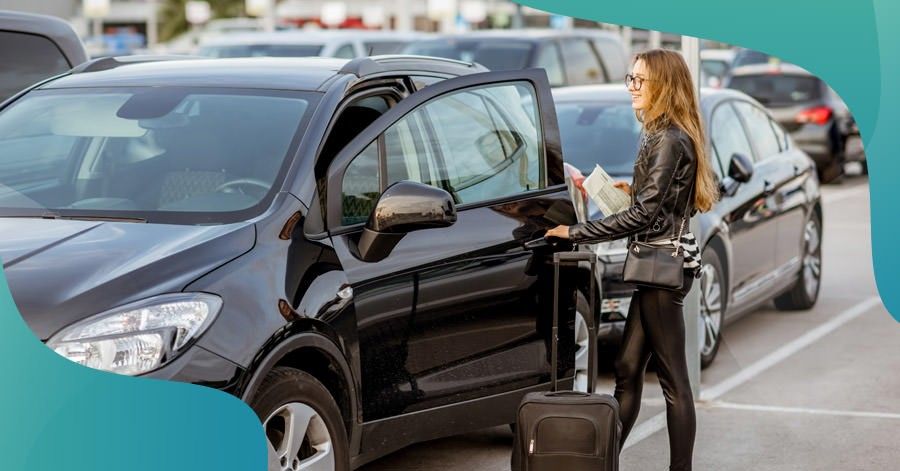
Conclusion
Personal auto insurance is a crucial safeguard for drivers, providing protection for the vehicle, personal belongings, and financial security in the event of an accident or other incidents. By understanding the key features, benefits, types of policies, and factors affecting premiums, you can make an informed decision about the right personal auto insurance policy for your needs. Whether for protecting against collision damage, ensuring compliance with legal requirements, or securing peace of mind, personal auto insurance offers valuable protection on the road.
Sources
- Insurance Information Institute – Auto Insurance
- National Highway Traffic Safety Administration (NHTSA)
- Consumer Reports – Car Insurance Guide
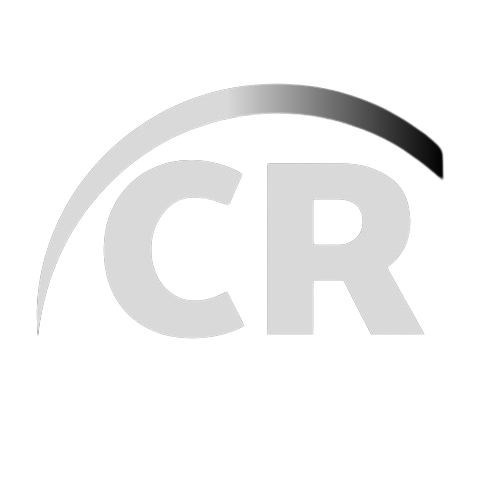



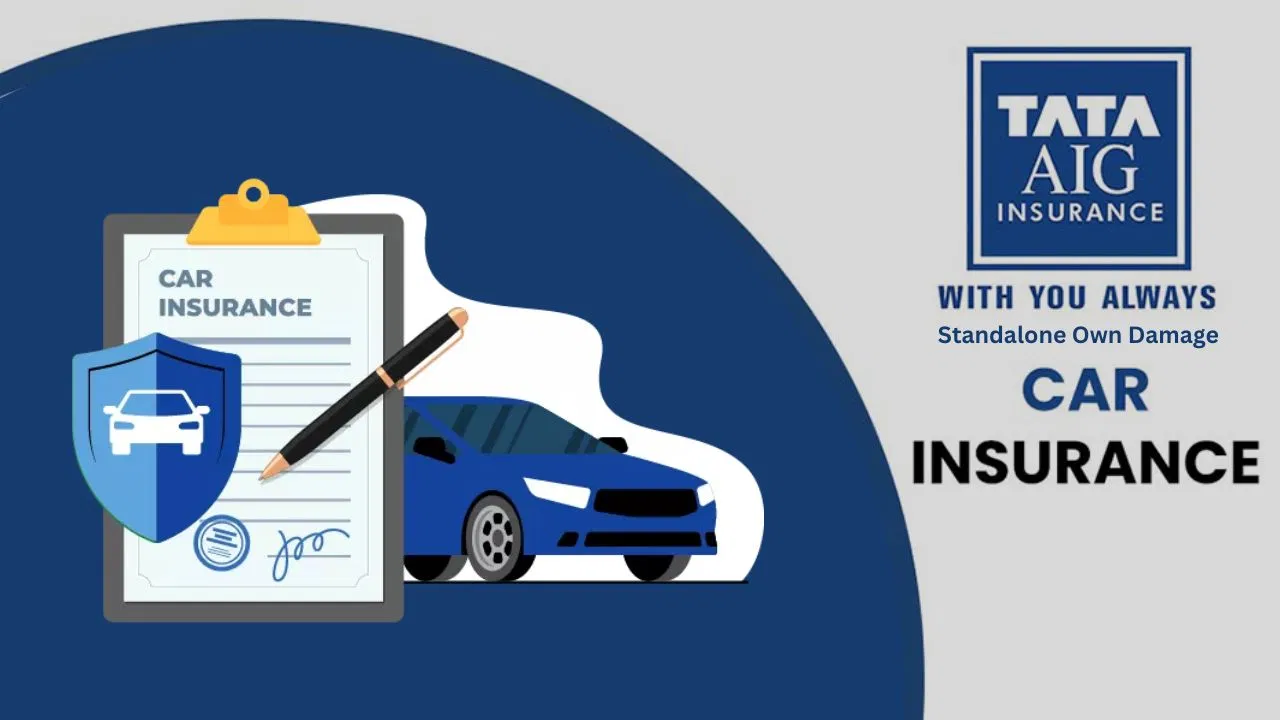
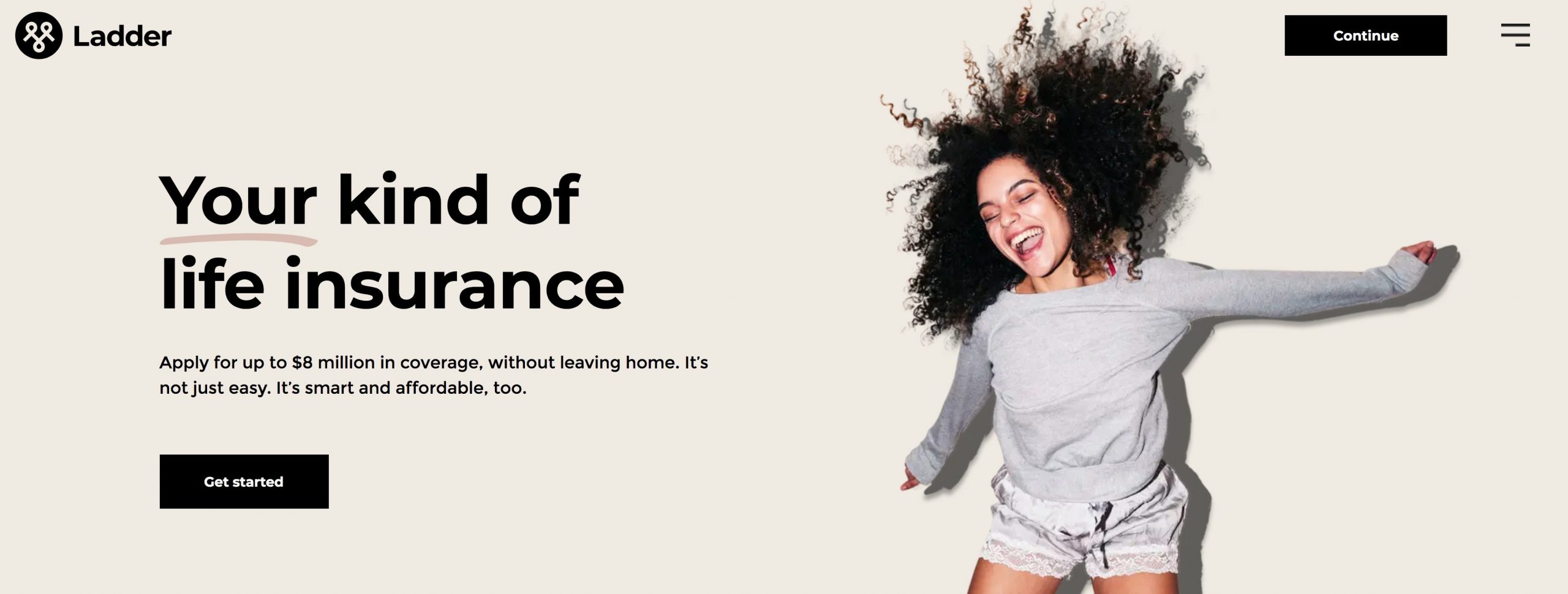


1 comment
[…] Best Guide to Personal Auto Insurance 2024 […]